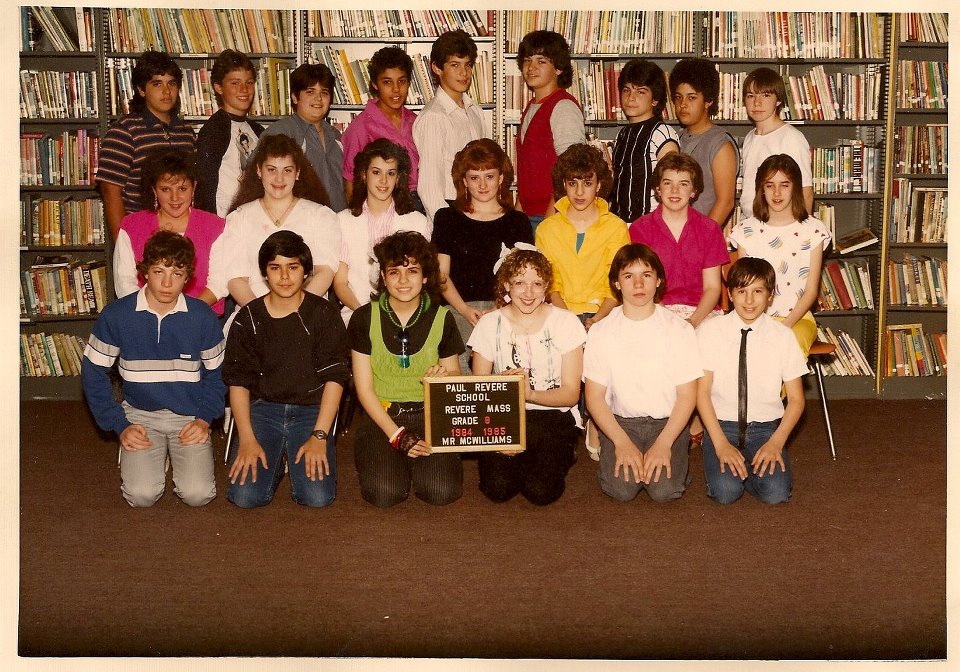Me and the happy lamp Erin bought me to combat winter depression aren’t seeing eye to eye. Everyone I talk to who uses one says it works. But here’s my problem…
Mood music:
http://youtu.be/UXFUnnoSphY
As I stare at the florescent glow that’s supposed to simulate sunlight, a nagging thought dogs me: “It’s just not the same as real sunlight,” I keep telling myself.
There’s something about genuine sunlight — how it bounces off trees and houses, how it shoots through windows and lights a room — that you just can’t capture in a box.
When the happy lamp is on, it just seems like I have my face extremely close to one of those florescent ceiling lights.
I’m not blind to the fact that part of the problem is me. Knowing that it’s not the same as real sunlight, I have a hard time giving it a chance. That’s really not fair to those who have to live in the same house with me, I realize.
As I said a couple days ago, I’m going to give it another go and work hard to be disciplined about it.
I bring all this up because I suspect I’m not the only one whose skepticism — or is it cynicism — gets in the way of the scientific benefits of light therapy.
I found a write-up from the Mayo Clinic that explains the science pretty well:
Light therapy is a way to treat seasonal affective disorder (SAD) by exposure to artificial light. Seasonal affective disorder is a type of depression that occurs at a certain time each year, usually in the fall or winter.
During light therapy, you sit or work near a device called a light therapy box. The box gives off bright light that mimics natural outdoor light. Light therapy is thought to affect brain chemicals linked to mood, easing SAD symptoms. Using a light therapy box may also help with other types of depression, sleep disorders and some other conditions. Light therapy is also known as bright light therapy or phototherapy.
Reading further, I can see how I haven’t exactly been doing it right. I turn on the box and don’t keep track of time. I’m inconsistent about the time of day I use it. My mind gets caught on visuals: what I want the light to look like vs. the scientific effect. Here’s how the Mayo Clinic says to do it:
Three key elements for effective light therapy
Light therapy is most effective when you have the proper combination of duration, timing and light intensity:
- Duration. When you first start light therapy, your doctor may recommend treatment for shorter blocks of time, such as 15 minutes. You gradually work up to longer periods. Eventually, light therapy typically involves daily sessions ranging from 30 minutes to two hours, depending on your light box’s intensity.
- Timing. For most people, light therapy is most effective when it’s done early in the morning, after you first wake up. Doing light therapy at night can disrupt your sleep. Because light therapy seems to work best in the early morning, you may need to wake up earlier than you normally would to get the most benefit from treatment. Your doctor can help you find the light therapy schedule that works best.
- Intensity. The intensity of the light box is recorded in lux, which is a measure of the amount of light you receive at a specific distance from a light source. Light boxes for light therapy usually produce between 2,500 lux and 10,000 lux. The intensity of your light box affect how far you sit from it and the length of time you need to use it. The 10,000 lux light boxes usually require 30-minute sessions, while the 2,500 lux light boxes may require 2-hour sessions.
Finding time for light therapy
Light therapy requires time and consistency. You may be tempted to skip sessions or quit altogether because you don’t want to spend time sitting by a light box. But light therapy doesn’t have to be boring. It can be time well spent.
You can set your light box on a table or desk in your home or in your office. That enables you to read, use a computer, write, watch television, talk on the phone or eat while undergoing light therapy. Some light boxes are even available as visors that you can wear, although their effectiveness isn’t proven.
Getting the most out of light therapy
Light therapy isn’t effective for everyone. But you can take steps to get the most out of your light therapy and help make it a success, including:
- Be consistent. Sticking to a daily routine of light therapy sessions can help ensure that you maintain improvements over time. If you simply can’t do light therapy every day, take a day or two off, but monitor your mood and other symptoms — you may have to find a way to fit in light therapy every day.
- Time it right. If you interrupt light therapy during the winter months or stop too soon in the spring when you think you’re improving, your symptoms could return.
- Get the right light box. Do some research and talk to your doctor before purchasing a light therapy box. That way you can be sure your light box is safe, the right brightness and that its style and features make it convenient to use.
- Include other treatment. If your symptoms don’t improve enough with light therapy, you may need additional treatment. Talk to your doctor about other treatment options, such as psychotherapy or antidepressants.
OK, then. I’m going to give this another try.









